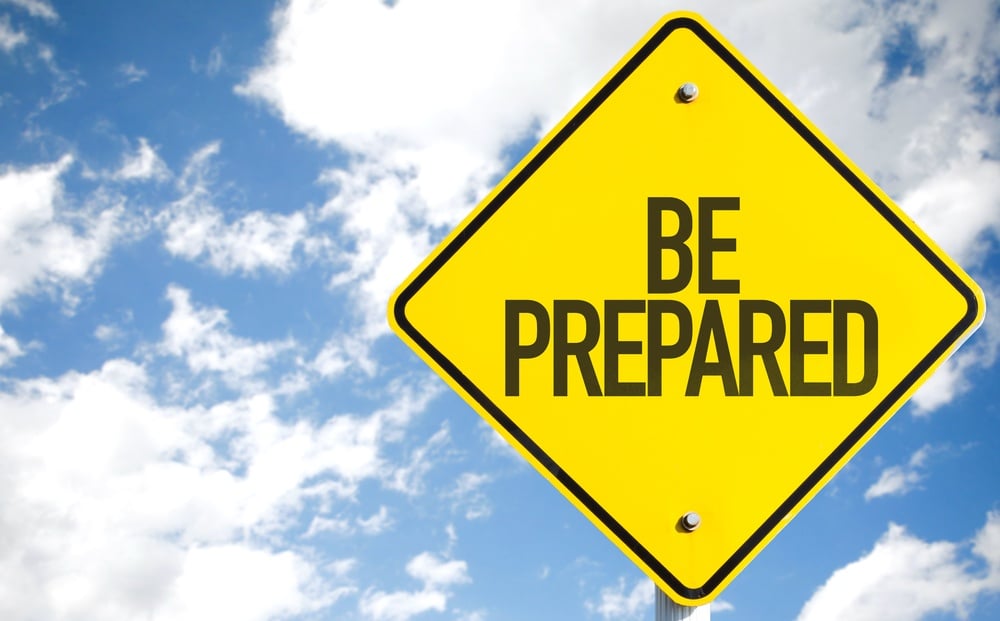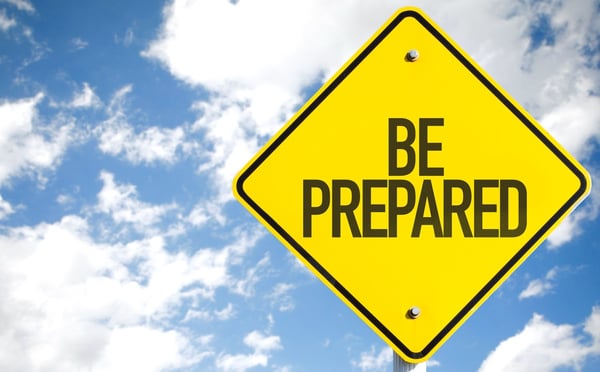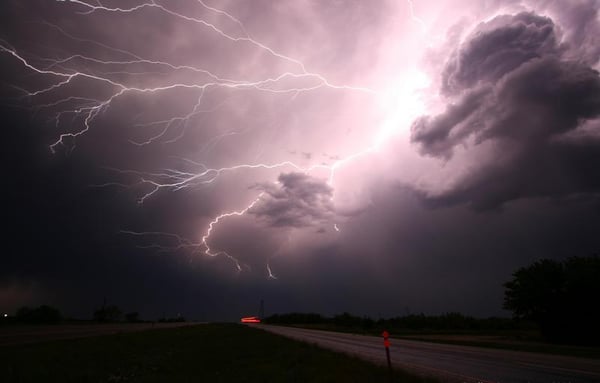

Today’s world is fraught with natural and manmade disasters that dominate headlines around the world. And while we should all hug our loved ones extra tightly, when it comes to your business there are other key ways to plan for and mitigate the impact of emergencies.
Developing an Emergency Preparedness Plan is crucial, and here are six elements you should include in it.
The first step to prepare for the unknown is to narrow things down. Sure, giant white mice could roam the streets, terrorizing your customers and crushing your storefront, but probably not. Ask yourself, what disasters are most likely to happen to you? Workplace violence? A blizzard? An industry-related injury or outbreak? Choose the 10 - 12 most likely emergencies you’ll have to deal with and then develop plans and protocols for an effective organization-wide response.
Each emergency situation has a proper response that can save lives. Depending on the scenario, plan to implement: an evacuation, shelter in place, or lockdown. Take steps to ensure your employees are trained and aware of each protective action.
It is important to know who in your organization has the skills and training required to perform key functions in an emergency. Who on your staff is trained in CPR? Who will be the point of contact for communicating instructions and information internally and externally? Who is the point person for handling chemical spills? Who is most knowledgable about the facility, and can help minimize damage to it?
Inventory the equipment and supplies you may need in an emergency. Do you have a working fire extinguisher, and what is the expiration date? How much potable water do you have on-site? What medical supplies are available? Don’t get caught searching for equipment or supplies as an emergency unfolds - know what you have and procure what you need in advance.

Forecasters have gotten much better at predicting snowstorms, hurricanes, tornadoes and other natural disasters. Preparing your business for impending storms include: how to assess damage, how to protect undamaged property, salvaging, and cleaning up afterwards. Stay attuned to potential weather disasters that may come your way, with a goal of minimizing damage and limiting business disruption.
As you plan for the most likely emergencies that will befall you, be sure you understand what coverages, protections and deductibles would be involved. Developing an emergency preparedness plan might uncover shortages or overages in your policies.
In the worst case, emergencies can cost lives. But even in the best case, they will likely cost money. Be sure to have contingency funds available in reserve to mitigate damage and disruption - it could be the best investment you ever make.
Business owners rightfully keep their focus on the bottom line. However, when it comes to an emergency situation, the only bottom line is whether you are prepared or not. Develop your emergency preparedness plan today.
No Comments Yet
Let us know what you think